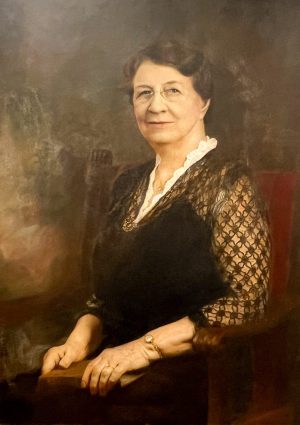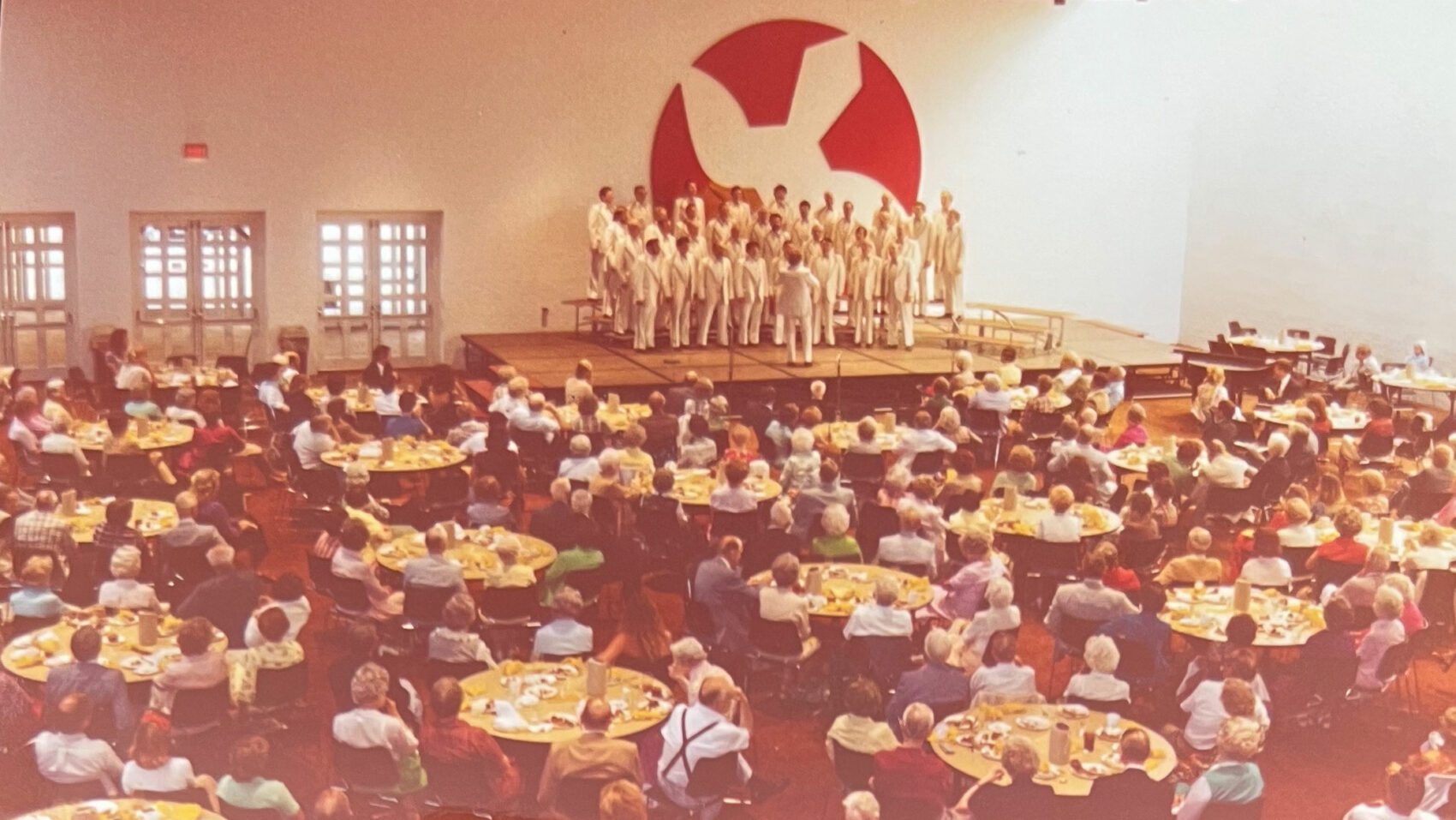Sharing the history, growth, and ministry of Peachtree Road UMC… one story at a time.

A LEGACY PROJECT OF PEACTHREE ROAD
404.266.2373
[email protected]
prumc.org
Sunday School in the Early Years
By jeff upshaw
The things you have learned and received and heard and seen in me, practice these things, and the God of peace will be with you.
philippians 4:9

When your feet are planted firmly in the Peachtree Road United Methodist Church of 2023, it is hard to imagine what it was like almost 100 years ago. In 1925, there was no majestic, soaring Sanctuary with its magnificent organ. No Grace Hall. No Chapel. No Pastoral Counseling Center. No Harp Center for our youth. No church kitchen. No Rollins Building to house offices and conference rooms for our staff of over sixty-five people. In fact, there was no staff. No built-in technology … no computers, no internet, not even any phone lines. No pre-school. No gym and no recreation program. No playgrounds. No Martha Whiting Memorial Garden. No stained glass windows. No Dogwood Shop. No choir rooms. No choir. No Hospitality Suite. No Columbarium.
Not even any parking lots.
And no long halls lined with Sunday School classrooms. Today, our church has over 70 rooms suitable for Sunday School classes serving every age group from infants to centenarians. A hundred years ago, there was nothing. Nothing except the desire to provide a Methodist worship experience to a blossoming part of our city, to worship our Savior together, and to be part of a community of believers.
Just take a moment and read this two-page hand-typed history of the first few months of our church written by our founding minister, Rev. E.H. Wood. There is no better way to communicate the sense of excitement and determination. The first organizational meeting took place in the home Dr. & Mrs. M. T. Salter on April 28; By Sunday, June 7, the Church was meeting in its own building! That sounds amazing enough, but it’s more amazing than that… the first load of lumber for the “Tabernacle” was delivered to a vacant lot on Monday, June 1. The roofed building, with 240 chairs, and one hundred Cokesbury Hymnals was ready for service Sunday morning, June 7. Perhaps inspired by the creation story in Genesis, our founders went from a dirt lot to a physically functioning church in six days. Remarkable!
Click images to open PDF.
There is no better indicator of church health than a membership’s participation in Sunday School. Sunday School classes not only provide a chance for fellowship and study, but they often are the incubator for church programs, committees, and outreach projects. Every committee in our church is sprinkled with men and women who are members of Sunday School classes. Sunday School was part of our very first church session on June 7, 1925; forty-five men, women and children were present. Those numbers may seem modest to some, but just look at the growth of Sunday School attendance in our first few decades, especially in the 1940’s. At one point in the 1930’s Church membership was 411, and Sunday School membership was 406! It makes you wonder “Who were the five people who only came to church?”
| Year | Sunday School Membership | Percent Increase |
| 1925 | 45 | 0 |
| 1926 | 146 | 224% |
| 1930 | 325 | 122% |
| 1934 | 405 | 25% |
| 1938 | 588 | 45% |
| 1942 | 950 | 62% |
| 1946 | 1,184 | 25% |
| 1950 | 1,941 | 64% |
Sunday School class development and growth was a major emphasis of our Church’s clergy and administration.
The Sunday School Superintendent (later called The Church School Superintendent) was a vital member of the administration. So vital that our founding pastor, Rev. E.H. Wood also served as Acting Sunday School Superintendent at our church’s inception in 1925. He was followed by R. L. Ruble in 1926-1927, and then F. A. O’Neal in 1928-1930.
Classes formed quickly. And volunteers stepped forward to help. The Story of Peachtree Road Methodist Church (published in February 1953), lists 699 people by name who, voluntarily, worked in the Church School program between 1925 and 1953. Some worked with the Children’s Division, some with the Youth Division and some with Adults.
The church provided classes with guidance on how to organize, the roles and responsibilities of each class officer, suggestions for structuring class meeting time, the distribution of information and best practices. They even helped with curriculum and class subject matter.

The classes themselves covered the spectrum. Youth and Children’s classes were organized by age and grade, but adult classes were more fluid. In the beginning, adult classes were simply segmented by gender, but over time they began to cluster by life stage, or interest. By January of 1953 there were seven adult classes:
The Adult Bible Class
The Adult Bible Class was formed in 1942 when there was The Men’s Bible Class and The Ladies Class merged. In 1953, membership was 38.
The Wesley Fellowship Class
The Wesley Fellowship Class got its start in October of 1936 under the name “Young Marrieds”. It was the first “couples” class at Peachtree Road. Early Class leaders included Ben Hutchison, Olney Rankin, Banks Godfrey, Lewis Barnes, Henry Mays, Maurice Hobbs, E.K. Jamison. They changed from “Young Marrieds” to “Wesley Fellowship” when it became obvious their original moniker no longer described them appropriately. By 1953, membership was 300.
The Friendship Class
The Friendship Class was formed in 1942 and grew out of a group creatively known as “The Post Kollege Klass”. For decades, their permanent teacher was Miss Daisy Davies. By 1953, membership was 250. Friendship Class Motto: “Never say no to calls for service.”

The Men’s Bible Class
The Men’s Bible Class was formed in 1944, when ten men came together led by the class’s first President, Clyde M. Kennedy, Jr. Membership by 1953 was 130 gentlemen.
Early in their history, the Men’s Bible Class established a fund to help defray expenses at Young Harris and Reinhardt Colleges. The fund was later named the T. Grady Head Memorial Fund after their teacher of many years.
Clyde M. Kennedy, Jr. was a busy man. In addition to being the first President of The Men’s Bible Class, he was also chairman of the Building Committee that built the Sanctuary that is now our Chapel. And most importantly, he was the patriarch to generations of Kennedys who have followed his example of involvement, including his son Clyde, his daughter-in-law Betty Lee and his grandchildren. Our church has been blessed with many families like that.
The Ethel Ballenger Class
The Ethel Ballenger Class started out as the “Win-One Bible Class” in 1945. They later changed their name to honor their beloved teacher. By 1953, membership was 55.
The Gleaners Class
The Gleaners Class was formed by a group of seven ladies formed in September of 1948. Its permanent teacher was Mrs. Alva G. Maxwell. The Gleaners Class grew quickly and in only five years, membership was already 107 ladies. Gleaners Class Motto: “Entreat me not to leave thee, or to return from following after thee, for wither thou goest, I will go, and where thou lodgest, I will lodge. Thou people shall be my people, and thy God, my God.” Ruth 1:16
In the late 1940’s Sunday School meeting space was tight. That meant The Gleaners, who formed in 1948, had to improvise. With no vacant classroom available, they first met in a corner of the sanctuary. Four weeks later they moved to an eatery where the current White House Restaurant is located. Since the restaurant was closed on Sundays, the owner said they could use it as their Sunday School space, provided they left the restaurant like they found it. He gave one key to the class, which they passed around to whoever was responsible for opening and closing that week.
The Timothy Class
The Timothy Class was originally called The Young Adult Class and was organized in October 1948 for college age men and women. Among the first members were Charles and Beverly Boland, Pat Head, Jane McFarland, Bob Barrett, Gene Eidsen, Betty and Coleman Jackson, and Albert Swann. In 1952, they changed their name to The Timothy Class when class members realized the original name no longer applied. Membership in 1953 was 25.
You can thank The Timothy Class for sponsoring the first staffed nursery for our church, located in an existing day nursery down Peachtree Road. Members swapped out Sunday Mornings as babysitters. It was a shrewd move and resulted in a surge in membership. Afterall, nothing gets the attention of young parents faster than available childcare.
Timothy Class member Jack Haynes left his mark on our church. Jack Haynes was chosen to be the architect for the Fellowship Hall, what we now call Grace Hall. He did a beautiful job of fitting the new Fellowship Hall in the space between the two buildings.

Living Our Roots
by Kelly Brannon
Sunday School classes are still forming and changing to meet the needs of the congregation today. In January 2023, the Young Adults Ministry established two new classes – Lighthouse and Harvest – designed to engage members in their 20s and 30s across current life stages. The two classes fellowship together at the Young Adults coffee bar on Sunday mornings prior to their respective group studies. This refreshed model has given new life to this vital ministry that brings young adults through our church doors each week.

One can’t look at the growth in our Sunday School program without pondering the question “Why – why did our Sunday School program grow so vigorously from the beginning”? The pragmatist might say parents form Sunday School classes because they need somewhere to hang out while their kids are in Sunday School. However, that doesn’t explain why so many adult Sunday School classes flourish long past their children’s school-age years. It doesn’t explain why single adults seek each other out in a church like ours. It doesn’t explain the rich and elaborate committee structure in many classes. It doesn’t explain the dedication of every single class to deep fellowship, biblical study, and mission outreach. It doesn’t explain the willingness and enthusiasm of class members to organize events, engage in prayer chains, provide meals to hurting members, write notes to visitors, and recruit interesting teachers. It doesn’t explain class retreats to Camp Glisson or Lake Junaluska. It doesn’t explain the special, elaborate banquets many classes hosted where members were entertained and inspired, and awards were handed out for exemplary accomplishments.
No, the idea that adult Sunday School is just a place parents wait while their kids go to their Sunday School doesn’t provide much of an explanation for our Sunday School growth at all.
The history of Sunday School at Peachtree Road is a story that started fast and grew rapidly. It is a story about small communities within a bigger congregation. It is about providing members with an intimate, spiritual environment based on a shared belief in God and the redemptive power of Jesus as our Savior. It is about providing people with the chance to serve, share, learn, and extend the mission of the church to spread the Gospel. It is about giving members a place to live out what they learn from the pulpit on Sunday mornings.
Small groups are what keep people connected in a large church like ours. And the growth of Sunday School in the first twenty-eight years of our existence is a testament to that. The years 1925 to 1953 gave our young Church’s Sunday School program a foundation we are still building on today!
Let’s all pray the building continues far into the future!
Sharing the history, growth, and ministry of Peachtree Road UMC… one story at a time.

A LEGACY PROJECT OF PEACTHREE ROAD
404.266.2373
[email protected]
prumc.org